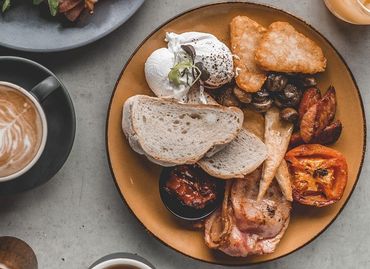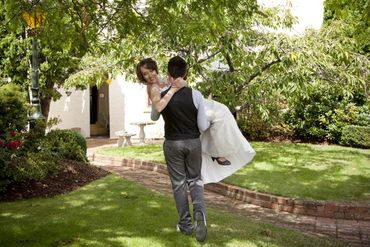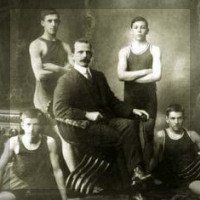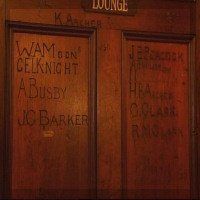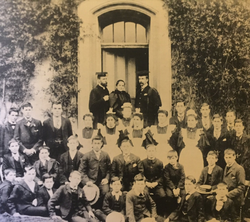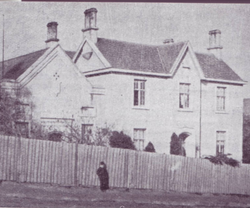Quality Hotel Colonial
Welcome
Quality Hotel Colonial is situated in the Launceston CBD, 200m from our township.
The hotel is a locally, family-owned and operated property that offers 70 well-appointed guest rooms, heritage spa suites, gas fire suites and luxury apartments that form our heritage collection.
All of our rooms have free wifi connectivity, high definition televisions that offer Netflix & Chromecast accessibility. We provide our guests with free parking to use at their leisure. We have an onsite gym and free car parking within the CBD.
Today, the property is a modern and well-appointed hotel where many old fixtures and features have been incorporated to enhance the rich history, charm and elegance to retain the character of the original National Trust, Heritage Listed property built in 1847.
The hotel sits proud among it's century old gardens that have received multiple awards for 1st place in the commercial garden landscape category.
Our hotel is surrounded by many local places of interest including tourist attractions, sporting venues, shops, cafes and city parks for your enjoyment.
Quality Hotel Colonial is situated in the Launceston CBD, 200m from our township.
The hotel is a locally, family-owned and operated property that offers 70 well-appointed guest rooms, heritage spa suites, gas fire suites and luxury apartments that form our heritage collection.
All of our rooms have free wifi connectivity, high definition televisions that offer Netflix & Chromecast accessibility. We provide our guests with free parking to use at their leisure. We have an onsite gym and free car parking within the CBD.
Today, the property is a modern and well-appointed hotel where many old fixtures and features have been incorporated to enhance the rich history, charm and elegance to retain the character of the original National Trust, Heritage Listed property built in 1847.
The hotel sits proud among it's century old gardens that have received multiple awards for 1st place in the commercial garden landscape category.
Our hotel is surrounded by many local places of interest including tourist attractions, sporting venues, shops, cafes and city parks for your enjoyment.
Join us... We'd love to have you...
Dinner
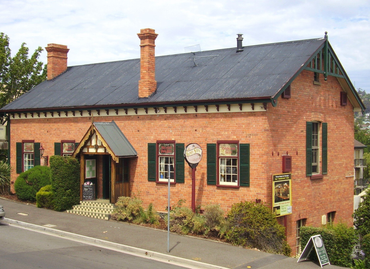
“Three Steps On George” was originally the Launceston Church Grammar School Gymnasium.
Whilst there is no vaulting horse nowadays, the building has been tastefully redecorated with hand stencilling and sponged finishes. Adorning the walls are original photographs of sporting teams and former students of Launceston Church Grammar School.
Whilst there is no vaulting horse nowadays, the building has been tastefully redecorated with hand stencilling and sponged finishes. Adorning the walls are original photographs of sporting teams and former students of Launceston Church Grammar School.
“Three Steps on George” has set out to create an environment of a sophisticated bar and intimate restaurant, where excellent service and attention won't cost you more.
Functions
Quality Hotel Colonial also offers a special hotel room rate when you choose to host an event with us. From conferences and business meetings to corporate events or a wedding receptions you can expect to receive the highest standards of professional care.
History, Charm, Elegance
National Trust, Hertiage Listed Circa 1847
Chronology
1826
Meeting in Launceston decided on the need for the Launceston Church Grammar School.
1846
The Rev. Henry Plow Kane appointed Headmaster on 6th May, school doors opened on Monday 16th June, although building had yet to be started.
1872
Western portion of building completed under fourth Headmaster, Rev. W.H. Savigny. First telegram sent from London to Hobart.
1873 First telephone call in Australia made by Headmaster at Campbelltown School to Launceston.
1873 First telephone call in Australia made by Headmaster at Campbelltown School to Launceston.
1895
Launceston lit by electricity.
1847 Foundation stone laid on 17th May by Lt. Col. Bloomfield, commanding the 11th Regiment at Launceston, representing Lt. Governor, Sir William Denison.
1847 Foundation stone laid on 17th May by Lt. Col. Bloomfield, commanding the 11th Regiment at Launceston, representing Lt. Governor, Sir William Denison.
1861
Under second Headmaster, the Rev. F.W. Quilter, the number of
pupils reached 71.
pupils reached 71.
1896
Grammar’s cadet corps founded.
1897
First automobile arrived in Tasmania.
1900
Pupils numbered 150, including 43 boarders.
1924
Launceston Church Grammar School moved to new complex at Mowbray Heights. Old Grammar School became boarding house.
1972
Construction and restoration began on tourism complex.
The History Of Launceston
The original building of The Colonial was designed by architect Robert De Little for the Launceston Church Grammar school and was constructed by James Fletcher and George Field, costing the princely sum of one thousand pounds. Establishment of the school was largely due to Governor Sir John Franklin, after whom “Guv’nors Table” has been named. The School, which largely shaped the destiny of hundreds of prominent citizens in Australasia, was established when Launceston had only 8000 inhabitants. At the laying of the foundation stone, 2000 of these citizens turned out to witness the grand event.
Henry Plow Kane was the first headmaster. At first, boarder’s fees at Grammar were ten guineas a year for under tens and thirteen guineas for seniors. Five shillings extra was charged for a seat in the church.
In its first year Grammar had 29 scholars who wore “bum freezers” and wide Elton collars as they toiled at the lessons six and a half hours, four days a week with quill and ink. Homework lasted an hour every weekday evening. On Wednesday and Saturday afternoons sport was played in the school grounds. Cricket came first, then after the 1860’s, school football.
Initially the school occupied 157 George Street and then ‘Granville’, High Street, as temporary premises until the school in Elizabeth Street – now restored as The Colonial – was ready. At the time there were no lighted streets; water was carted to the doors. Mail services were limited and uncertain, coaches were the only means of locomotion and the electric telegraph was unknown.
Initially the school occupied 157 George Street and then ‘Granville’, High Street, as temporary premises until the school in Elizabeth Street – now restored as The Colonial – was ready. At the time there were no lighted streets; water was carted to the doors. Mail services were limited and uncertain, coaches were the only means of locomotion and the electric telegraph was unknown.
Communication with Hobart Town was made by means of coaches twice a week, which took sixteen hours and ten changes of horses to travel the distance. The fare of the night coach was two pounds where as that for the day coach (Royal Mail) was one pound ten shillings, and one pound outside. Toll gates
were erected at each entrance to the town – Wellington Street and Paterson Plains Road (now Elphin Road).
Bushrangers menaced the highway. The most notorious of these were Martin Cash, Michael Howe and Matthew Brady. Brady’s Lookout, a short drive along the West Tamar Highway from Launceston, was once used by the latter as a hideout. From there he had a clear view of much of the river and also the highway below, along which passed coaches carrying gold from the mines at Beaconsfield.
Electricity reached Launceston in 1895 – another first in Australia. Part of the original turbine can still be seen on the grounds of the Trevallyn power station. In St. John Street. Just a short walk from the Colonial on Elizabeth, is the Jewish Synagogue, the second oldest in Australia. Nearby is Princes Square, where convicts once made the bricks for part of the beautiful St. John’s Church.
To accommodate increasing numbers of pupils, the building has had many additions since the original section was constructed. During the years 1847 – 1923, two thousand pupils passed through the school, seven of which became Rhodes Scholars. Many famous and noted men were pupils at the school and of particular interest are the “Old Boys” names carved in the cedar door and architraves of the rooms.
In 1924, the building was sold by the school and until 1972 was used for accommodation and named ‘Overton House’.
In 1972, the property was purchased and became the Colonial Motor Inn at which time a complete restoration program was carried out and a new three storey hotel suite wing was constructed in the playground of the old school. In 1974, St. John’s Church Hall was converted into three hotel suites (now Hampton Court) by construction with the original hall walls, and ‘Elizabeth Manor’, an eight unit complex was also built. 1975 saw the completion of yet another accommodation wing, known as ‘Tudor Lodge’.
Today the property is a modern and well-appointed accommodation and function centre where many original fixtures have been incorporated to retain the character and charm of the original building.
No building in Launceston has had more historic connections or vivid contrasts then what is now…
